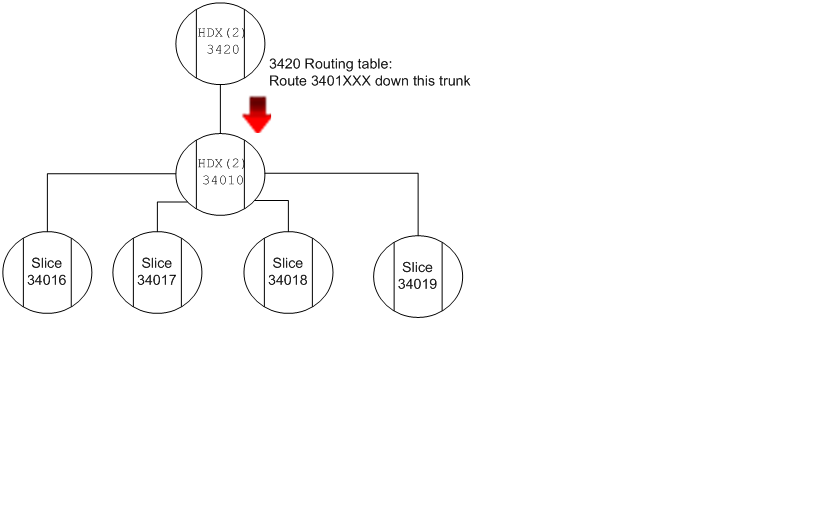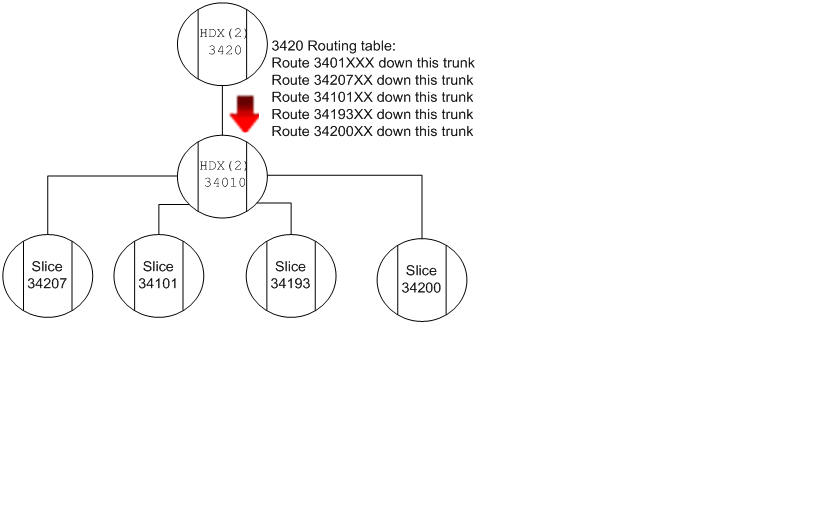Dial plan development for telephony networks
Introduction to the Dial Plan and Number Plan
Elements of our networks have addresses so other network elements can find them. One type of address that many of us seem to struggle with are the ranges of telephone numbers that we use to identify the telephones in our network. The collection of numbers that we use to address our phones is known as a dial plan or number plan. The dial plan is an important part of telephony network design as it heavily impacts call routing and the management assigned numbers. Whether you are addressing a circuit switched network or an IP telephony network you should design a scalable and hierarchical dial plan.
Dial plans use a hierarchical number system. Refer to the following number for this example: (703) 784-2916. The first three digits (703) identify the area code. Within an area code there are many sites and call processing systems which are, in turn, identified by a code of their own. REDCOM calls this a Home Exchange (HMX) and Cisco calls this a site code. The HMX/site code 784 identifies the Marine Corps Base Quantico call processor. The final four digits, 2916, identify a specific line (Cisco) or station (REDCOM) number.
Another concept that you must understand before we move on is how many useable addresses are available in given number plans. For the following examples, X= any single digit 0-9. Specified numbers are a specific site code:
-329XXXX
—329= Site Code; XXXX= 0000-9999, or 10,000 possible numbers for lines
-3290-XXX
—3290= Site Code; XXX= 000-999, or 1,000 possible numbers for lines
-32900XX
—32900= Site Code; XX= 00-99, or 100 possible numbers for lines
-329000X
—329000= Site Code; X= 0-9, or 10 possible numbers for lines
Some people refer to this as 3/4, 4/3, 5/2, and 6/1 dialing schemes. I like to look it more like the variable length subnet mask that we are used to with IP addresses. As in subnetting IP addresses, the more digits dedicated to the site code (similar to host bits), the more site codes you’ll have, but fewer numbers available to assign to phones. Conversely, the fewer digits used to identify the site code, the more digits are available to address phones.
Let’s say that you have been assigned the number 329-XXXX to address your network and you have 10 sites with 1000 phones each. Here is one dial plan for that scenario:
Site 1: 3290-XXX
Site 2: 3291-XXX
Site 3: 3292-XXX
Site 4: 3293-XXX
Site 5: 3294-XXX
Site 6: 3295-XXX
Site 7: 3296-XXX
Site 8: 3297-XXX
Site 9: 3298-XXX
Site 10: 3299-XXX
Each of these site codes can be further divided by using a variable length dial plan found in the attachment. Please take a look at the following attachment before proceeding:
Variable Length Dial Plan example and worksheet
Importance of Contiguous Use Number Blocks
As previously discussed, we often subdivide a given HMX or site code to address multiple locations. When doing this care must be taken to use these numbers contiguously as in the following example:
Using HMXs and site codes contiguously is similar to the concept of route summarization in IP networking. The following is an example of what noncontiguous numbering does to a routing table:
This is a very small network, so the impact may not seem terribly problematic, but our networks can dozens of circuit switches and IP telephony servers and many trunks. Also, remember that routing tables are manually configured, so the more complicated they are the more likely routing errors will be.
Conclusion
Dial plan development should be performed early in network planning. Operations planners should provide rough estimates of locations of telephone network subscribers and quantity per location. Developing a good dial plan will even guide you in selecting the appropriate call processing system to place at each site by forcing you to think through your requirements and letting these requirements drive the rest of your detailed design. The variable length dial plan table is attached to this post, so feel free to modify it to suit your purposes.

